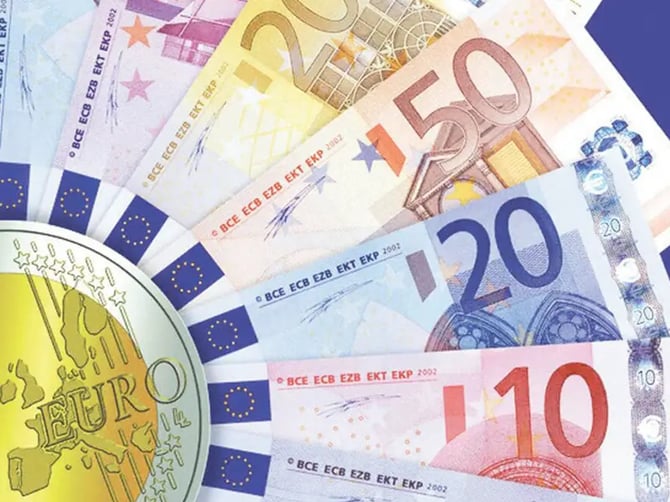Euro’s Slide: What’s Behind the Drop and What’s Next?

On Thursday, the euro hit its lowest point against the US dollar in over two years, falling to mid-1.02—a 0.9% decline. This marks a steep drop from its September 2024 high above 1.12, a loss of 9% in just three months. Concerns about the Eurozone economy, political instability, and contrasting monetary policies are driving the decline.
The dollar index surged to 109, its highest since late 2022. After cutting rates by 50 basis points in September, the Fed took a firmer stance, signaling only a half-point cut for 2025, compared to earlier projections of a full percentage. Meanwhile, the ECB is expected to accelerate rate reductions after slashing rates by a full percentage point in 2024, with more cuts likely as the Eurozone battles economic and political crises.
Natural gas prices are also straining the Eurozone. Futures hit a two-year high above $4 per MMBtu this week before settling at $3.66 MMBtu on Friday. Ukraine’s halt of Russian gas transit is forcing Europe into pricier alternatives during a severe winter.
What Does This Mean for Me?
Economic data paints a grim picture. Manufacturing PMIs for France and Germany show ongoing contraction, with France seeing its sharpest decline since May 2020. Germany’s output hit a three-month low. France’s central bank has cut its 2025 growth forecast to 0.9% from 1.2%, as both countries face political turmoil and surging far-right influence.
With parity in sight, analysts warn the euro faces mounting risks from Trump’s tariff policies, slowing Chinese growth, and domestic challenges, leaving the Eurozone vulnerable on multiple fronts.
More News
.webp)
US Dollar Faces Biggest 6-Month Drop in Half a Century
.webp)
Dollar Slips to Three-Year Low as Trump Eyes Early Fed Appointment
.webp)
AI-Powered Trading Bots Bring a New Kind of Threat
.WEBP)
Euro Value Surges as Markets React to Tariff Shock

Sterling Gains Against Euro as Central Banks Move Apart

Euro Remains Steady Amid Tariff Threats

Euro Stays Under Pressure Amid Economic and Political Shifts
